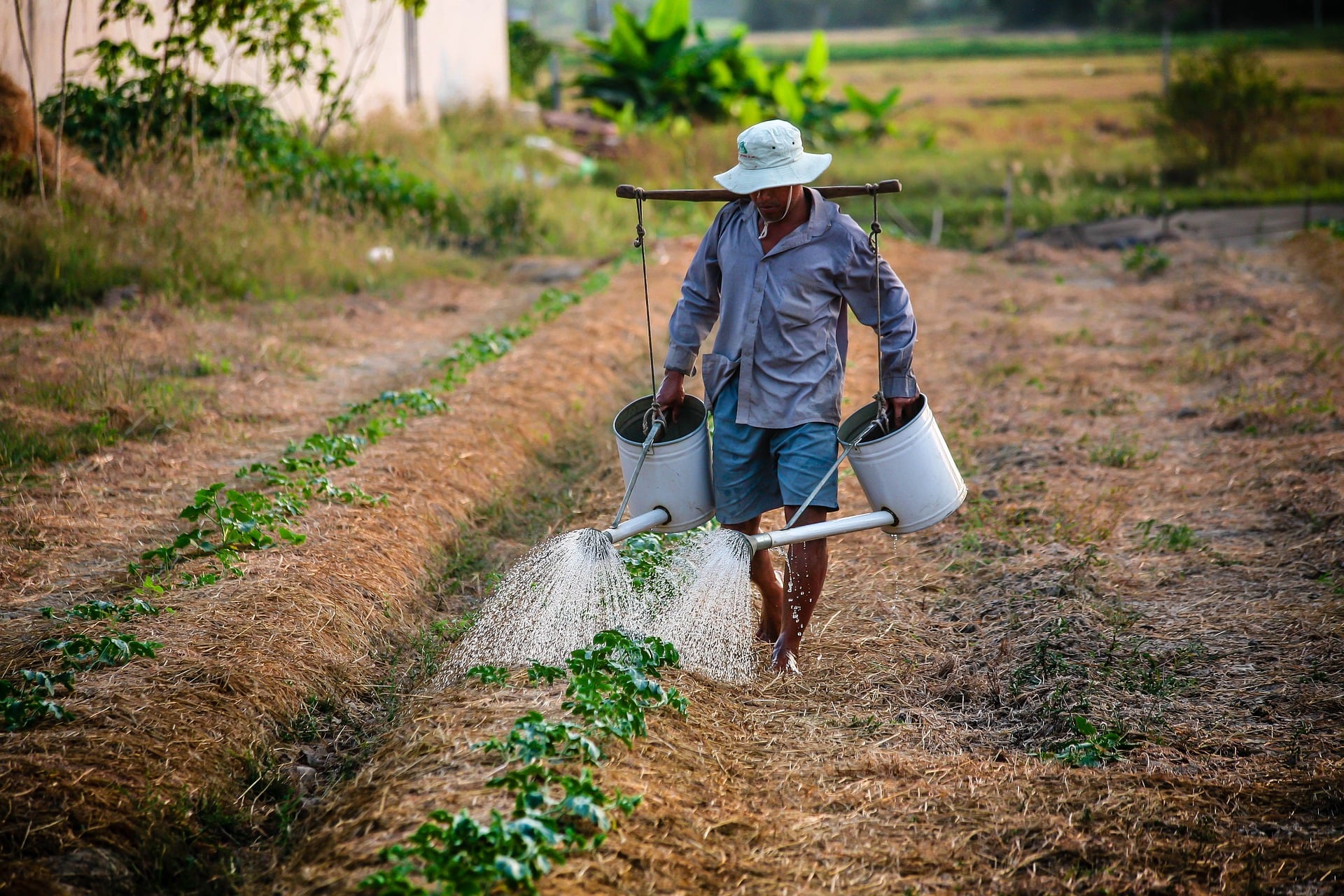Climate change, nutrition and stunting – focus on the food…and those who produce it
London School of Hygiene & Tropical Medicine https://lshtm.ac.uk/themes/custom/lshtm/images/lshtm-logo-black.png Tuesday 2 October 2018
Being shorter than expected may sound fairly innocuous, but it’s a marker of underlying conditions that can bring severe consequences: a significantly increased risk of disease and death, as well as long-term effects including reduced learning and earning capacity.
It’s well known that environmental change – including, but not limited to, climate change – will further challenge our ability to ensure all people are well fed. Over the past 25 years, a number of global modelling studies have found that the impact of climate change on the quantity and quality of food produced is likely to impair progress on reducing undernutrition.
This focus on how climate change may impact on food supplies makes sense: food is a key cause of undernutrition. But, food isn’t the only cause, and often may not be the main cause. Historical studies have attributed reductions in undernutrition to changes in various economic (e.g. income), environmental (e.g. water and sanitation access), and social (e.g. education) conditions.
And this raises the question: how will the impacts of climate change on these non-food factors influence future nutrition?
We recently developed a model that looks at how climate change may affect future stunting in 44 countries in the 2030s via its impacts on two of these non-food factors: incomes of the poorest 20% of a population and food prices.
Many of our findings weren’t surprising. In the absence of climate change, near-term actions to reduce poverty could result in around 30 million fewer stunted children in 2030 relative to a future without significant poverty reduction. That is – as expected - socioeconomic conditions strongly influence patterns of undernutrition.
Comparing futures with high climate change and limited poverty reduction to futures with low climate change and more successful poverty reduction, we found that around half a million additional children would be stunted in the former. Further, in the poverty future, stunting tended to be more severe (and thus life threatening), and affected rural (which in our model is equivalent to working in agriculture) more than urban areas.
This apparently small-ish effect of climate change is partly because we look only out to 2030, a time when the difference between low and high climate change is small. Beyond this, high climate change trajectories would be expected to have considerably larger impacts on stunting.
Our most interesting findings, though, were associated with the underlying patterns in the results. We found that in countries with high poverty rates and relatively (that’s relative to income) high food prices, further climate change-induced increases in food price increased stunting. This is what you’d expect.
Unexpectedly, in countries with lower rates of poverty and relatively low food prices (that’s to say: food that’s affordable given people’s incomes rather than simply cheap food) we found that increases in food price tended to decrease stunting.
What does this mean?
It means that food prices that provide decent incomes to farmers alongside high employment with living wages would be expected to reduce undernutrition and vulnerability to climate change.
The implication is, rather than ever falling food prices to allow poorer populations to purchase food, we need to reduce poverty and inequality partly by ensuring food prices are high enough to sustain farming, as well as adequate incomes for all. Of course, we need to be concerned with how much food is produced in the future. But, (following Bernstein) we also need to consider who produces what, for who, and what they do with it.
On the one hand, it’s estimated that smallholder farmers represent two fifths of the global population, the majority of those living in poverty, and – despite being food producers - half of the world’s undernourished. On the other hand, many argue (not uncontentiously) that certain styles of smallholder farming hold the key to sustainably feeding the world.
Global models of climate-nutrition have neither explored the processes that block the development of smallholders, nor the central role they could play in future food production.
That is: we’ve focussed on the food, but what about the people producing it?
We believe this is a crucial blind spot in the climate-undernutrition literature. Further research taking the perspective of food producers is essential to open our eyes to both future threats and ways forward.
Our postgraduate taught courses provide health practitioners, clinicians, policy-makers, scientists and recent graduates with a world-class qualification in public and global health.
If you are coming to LSHTM to study a distance learning programme (PG Cert, PG Dip, MSc or individual modules) starting in 2024, you may be eligible for a 5% discount on your tuition fees.
These fee reduction schemes are available for a limited time only.